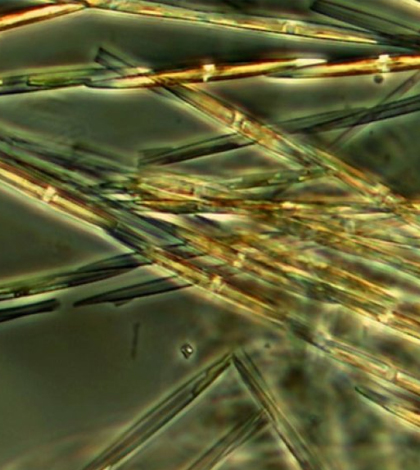More Harmful Algal Blooms Expected Due To Global Warming

Dense cells of the harful aglae Pseudo-nitzchia during a bloom off the West Coast last summer. (Credit: NOAA/NWFSC)
Concern about more harmful algal blooms in the future is spreading, according to a release from the National Oceanic and Atmospheric Administration. Recent observations suggest that longer bloom seasons have developed, more phytoplankton have moved northward and more HAB events have been chronicled, all factors which suggest HABs may become more prevalent in the future.
It is believed that the HAB increase could be fueled by human activity and worldwide climate change. Ocean surface temperatures, nutrient availability, light and ocean water acidity are all being affected by global warming and an increase in atmospheric CO2.
The danger of algal blooms vary. Even though the phytoplankton in an algal bloom normally would help boost an ecosystem, some phytoplankton blooms drive the oxygen level in the water too low and cause massive death of marine animal species. Which phytoplankton are to blame for harmful blooms, and interactions between harmful and non-harmful phytoplankton, are not yet well understood.
Top image: Dense cells of the harful aglae Pseudo-nitzchia during a bloom off the West Coast last summer. (Credit: NOAA/NWFSC)





0 comments